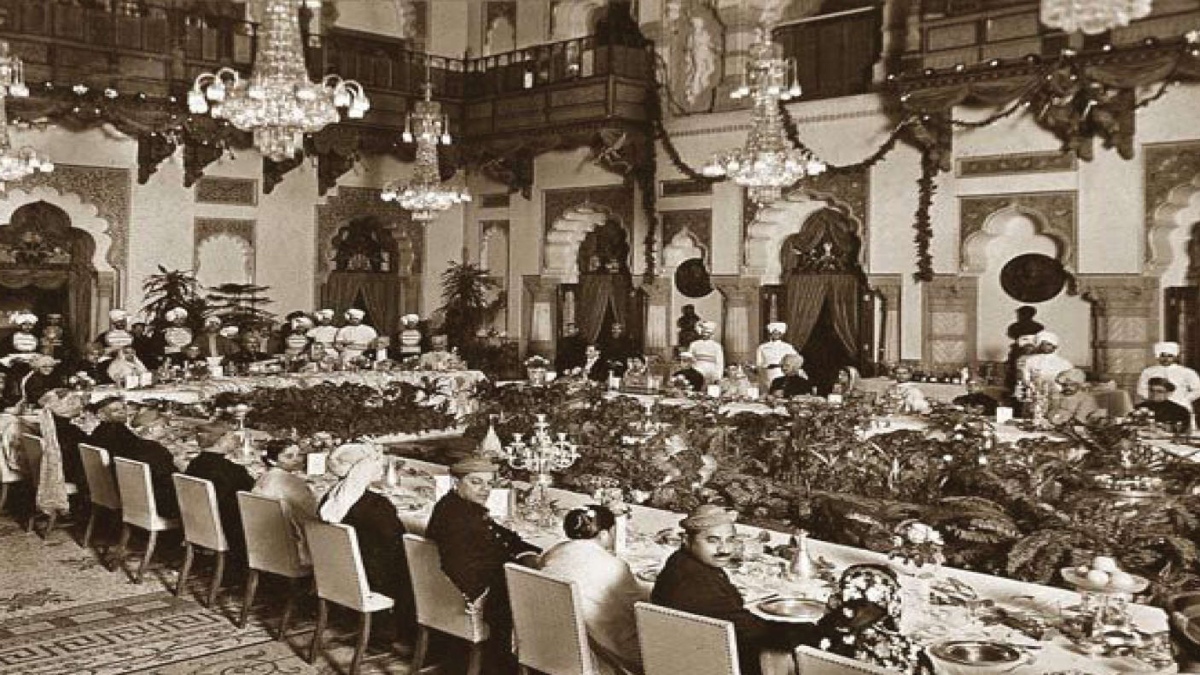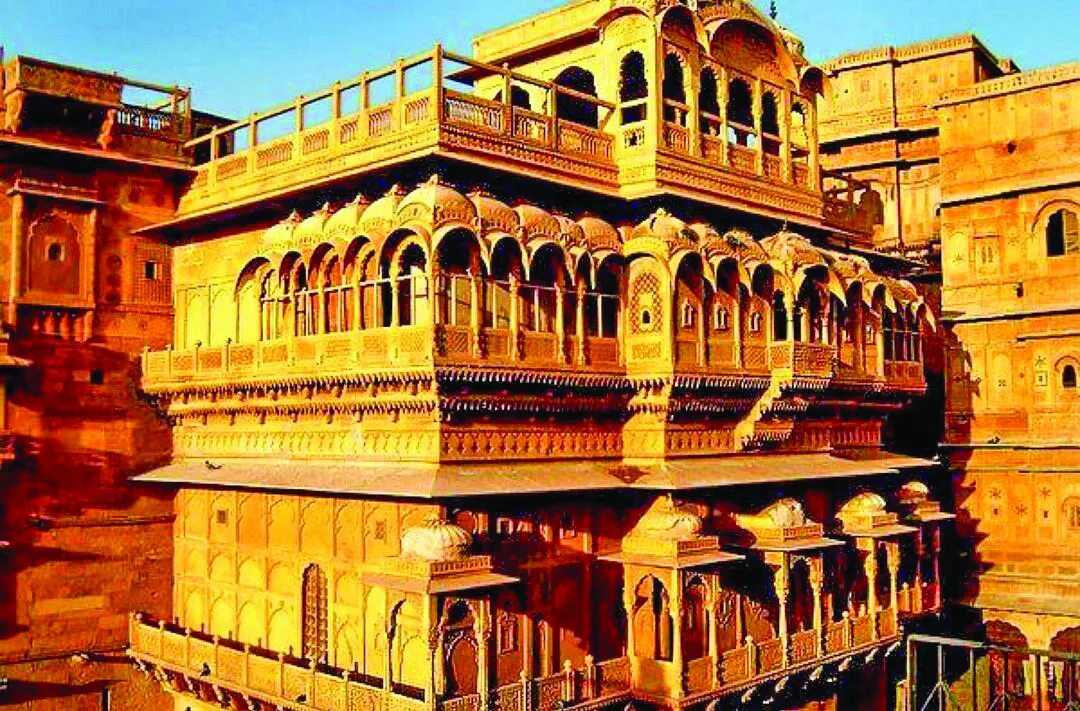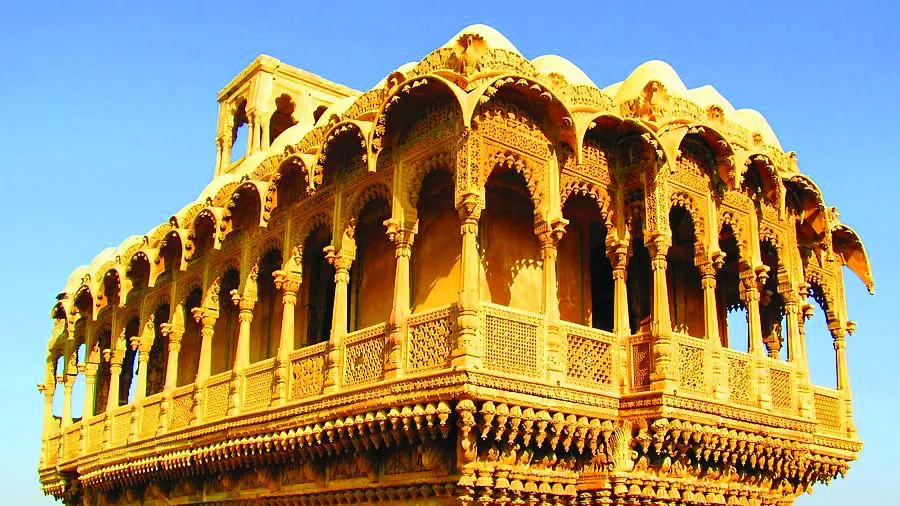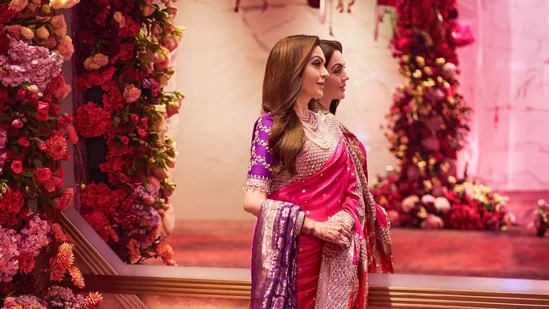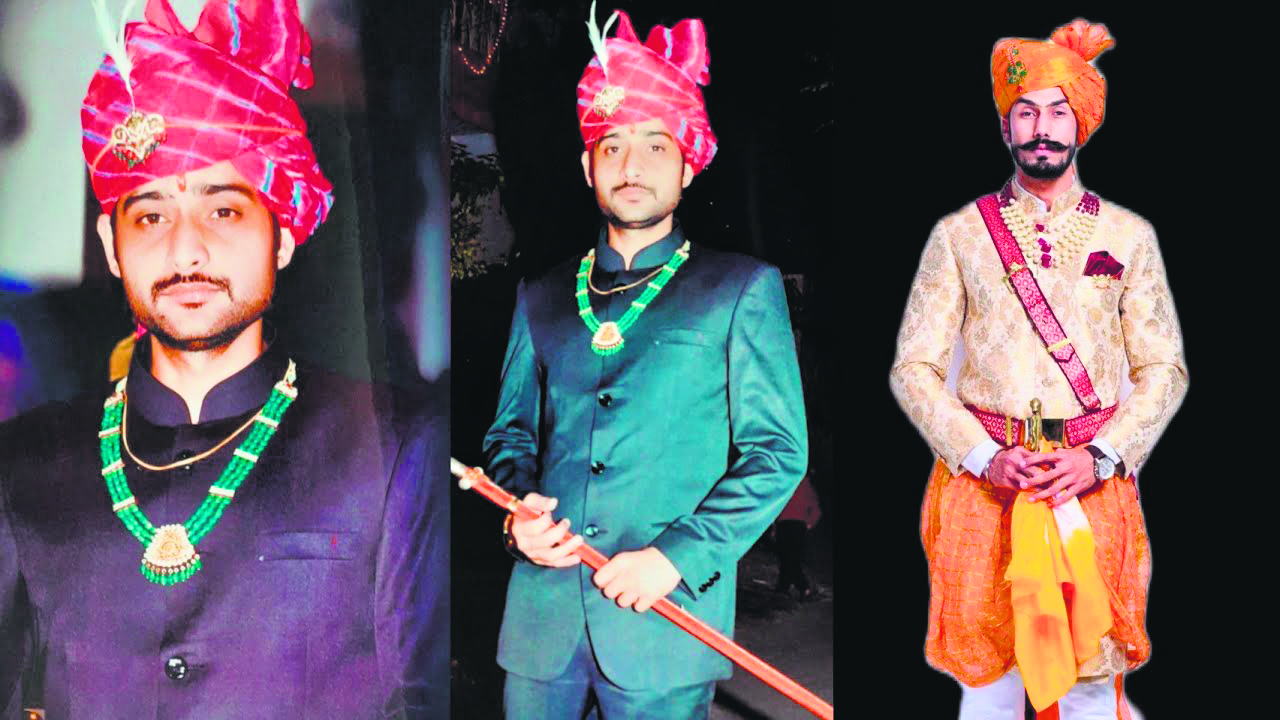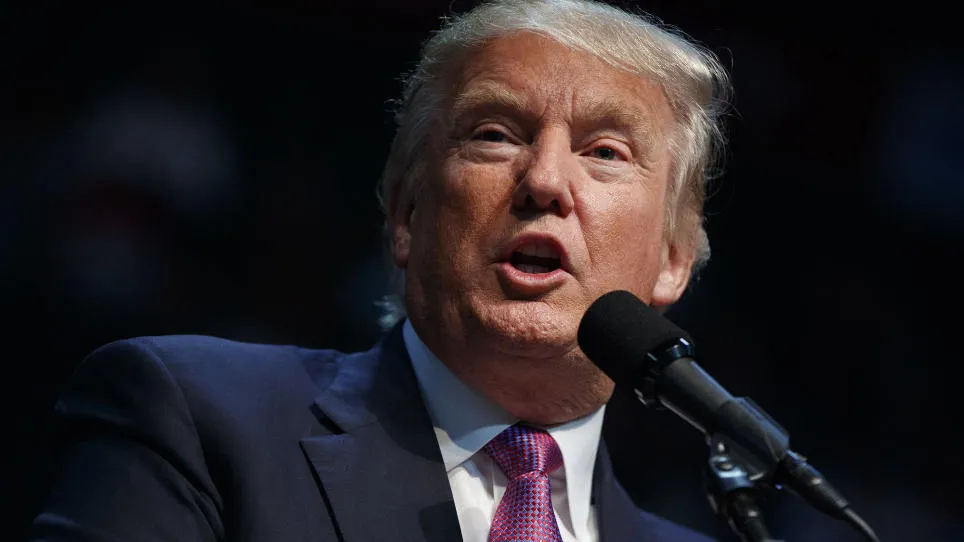Everyone is raising the go local slogan; every caring citizen is going indigenous. Every farm produce, every food stoked on the fire and every bake rustled up in the oven is celebrating its sense of belonging. India and its cuisine top this list of patriotism.
As a proud Indian and as a rooted soul, who ‘digs’ food, I was overwhelmed with the sheer depth and resonance of royal cuisine. Its diverse offering that at a subliminal level might seem localised, but in reality a single royal kitchen is actually a coming together of cuisine cultures from all corners of India and Nepal.
To simplify this, royal and noble families marry within their circles. Hence, a Scindia princess from Gwalior Yuvrani Chitrangadha Singh goes into Jammu and Kashmir as the bride of Yuvraaj Vikramaditya Singh and with her takes the Til Ande Ka Achar, a Maratha classic. The Rana princess Maharani Yasho Rajya Laxmi marries the intellectual Maharaja Karan Singh and with her also gets added the Nepalese Chara Sand Ko to the royal kitchen of Jammu, interestingly served along with Kashmiri Haak.
The Sailana princess Tikarani Shailaja Katoch marries Tika Ashwarya Katoch of Kangra-Lambragaon and with her trousseau is added the much sought-after kitchen copy of Sailana cuisine. Interestingly, the book arrives with one recipe crossed, “My father-in-law did not allow us to cook Ranjit Shahi, an iconic recipe from the family’s treasured cookbook. He said that every time I wanted to eat it, I had to come to Sailana to enjoy it with the family.”
 Nizam’s banquets
Nizam’s banquets





In my decade long journey with princely India’s handcrafted legacy, the one thing that held my fascination always was the food that came out of their kitchens. The fascinating tale of the brinjal bharta cooked in mustard oil at the Nawab of Rampur’s home in Delhi was as delightful as the Murg Musallam. The Gobhi musallam at Habibulah estate, Lucknow, had a better nurturing of the spices than its non-vegetarian counterpart. The Bhutte ke Khees, cooked by many Mewari households, which is as delightful in its flavouring as the Haleem one enjoyed in Meera-Muzaffar Ali’s by appointment restaurant Maashra.
Every family has a cuisine fable to share: Like the Gazpacho meets shorba recipe that was cooked for the begum of Kotwara, so that she would not feel faint in the damning heat of the Terai summer. Or the lauki cooked by the chefs of Pratapgarh, stuffed with paneer, almonds and raisins. And how Captain Amarinder Singh loves rustling up his favourite Murg Laungh Elaichi and Khatta Pulav with his son Tika Patiala.
Shikaar was integral to the royals, as were wars. And there are many recipes that centre around game cuisine. Shares Maharaja Brajraj Singh of Kishangarh, “Anything hunted was simply cleaned, coated with salt and pushed into piping hot oil.” Khadak Khargosh, which is now replaced with Khadak Murg, is an interesting recipe.
Interesting recipe of hunted rabbits, skinned, coated with masalas and ghee and then cooked inside a deep pit dug in the ground. “We still cook it back home with chicken and lamb,” Shares Kunwar Hemendra, a much-revered chef. The Maratha armies that fought wars continuously always carried with them dry masalas which had dry coconut blended in with spicy red chillies and other condiments. Shares Uma Devi Jadhav, “Barbat was an offshoot of the food Maratha armies on the march cooked.”
European ways of life did not only permeate into the wardrobe of the kings. It introduced the culture of sit-down dinners hosted in the durbar halls of Laxmi Vilas Palace and Falaknuma’s 101 table that had a majestic table crafted out of one single log to seat 100 guests besides the Nizam. High teas became as important as dinners and porcelain with royal insignias turned into a very valued possession of the royals. European dishes too got added to the Maharaja’s kitchen. Like the Kapurthala household enjoying a French Onion soup as much as a classic Rara Gosht. Or, Caramel Custard remaining the favourite of the Bikaner royal families still.
It is armed with tales like these and charged with a desire to keep them alive that I founded ‘Kitchen of the Kings’, a research-based forum that tabulates, showcases and talks of royal kitchen cultures. With so many recipes remaining a secret within the kitchens of the royals, whilst we as Indians are served their commercialised avatars, it is very important to keep the authenticity of this cuisine alive.

